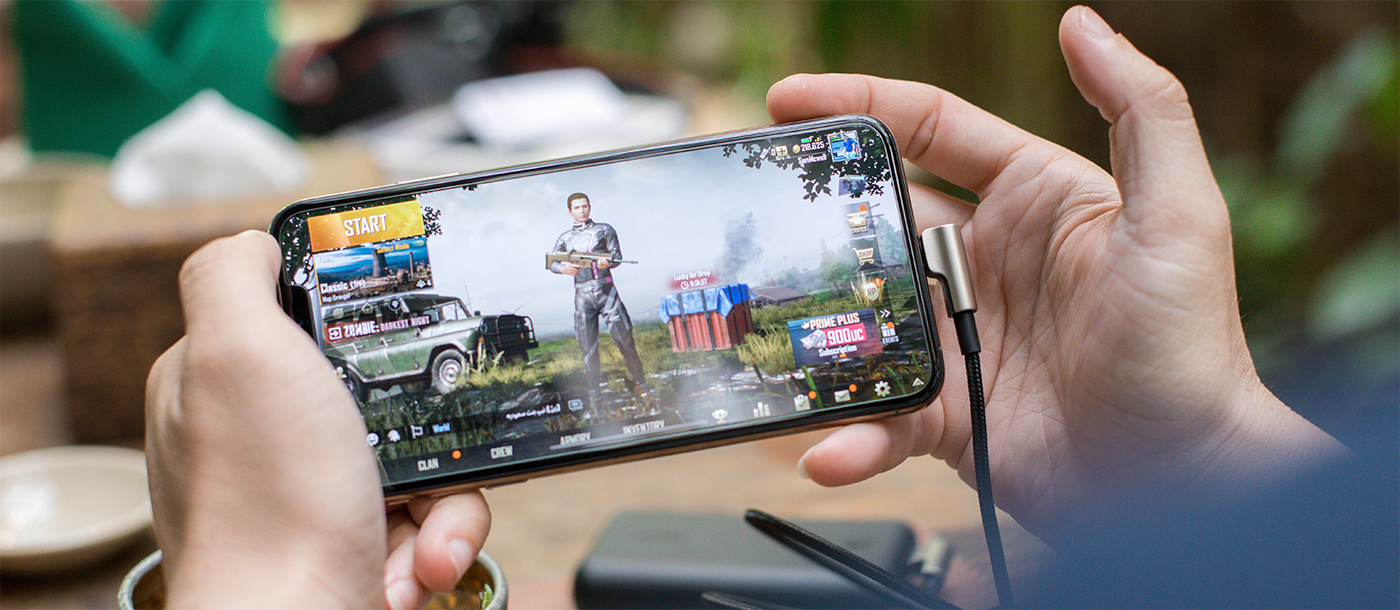Mobile gaming has developed into a powerful and lucrative industry, estimated to be worth $68.5 billion at the end of 2019. Widespread access to mobile platforms has helped to change the shape of the gaming community from largely console-based to a variety of personal devices. This means that there are more options available to developers, and greater opportunities to reach a wider range of audiences.
However, the mere existence of opportunity is no guarantee of success. It’s not enough to have an idea for how an app can be gamified or to write a killer narrative for a game. In order to help our ideas reach their full potential, mobile game user experience (UX) must be understood.
So why is UX so vital in the creation of entertainment that has a casual appeal? What approaches should developers be taking during their design process? We’re going to take a look at a few key areas that help demonstrate that, in mobile app & game development, UX is king.

The importance of UI in mobile game UX
When developing a new mobile game or app, we should be placing significant emphasis on the user interface (UI). Yes, it’s important to acknowledge that UX and UI often serve different purposes, but without effective UI, the user isn’t going to stick around to fully engage with the UX. This is particularly pertinent in mobile games and apps which rarely have the luxury of an external control system.
Our favorite mobile apps and games, those we stick with over a long period of time, tend to offer simple, familiar methods of control and navigation. One of the common aspects amongst many of the highest-grossing apps on the market, from Clash of Clans to Candy Crush Saga, is an intuitive UI system.
So how can we make UI intuitive? To put it simply, incorporate actions that users are familiar with. Utilize simple swiping and gesture features that are already very much a part of our digital interactions. Use bold, clear icons to signify actions and resources rather than text. In multiplayer modes, design your messaging interfaces to be similar to social media platforms.
By embracing what’s familiar in UI, developers then have the freedom to be more creative in their stories and gameplay.

Personalizing mobile games for the user
In our current digital landscape, a premium is placed upon personalized experiences. Audiences today are not just more likely to engage with services that are tailored to their preferences; it’s a basic expectation. Therefore, great UX in mobile gaming must take a nuanced approach to the individual user’s personal experience.
But, the personalization in mobile games doesn’t necessarily need to be tied to similar products they might enjoy, or products to buy. In fact, it’s important to ensure that personalization doesn’t cross the line into invasion.
What does good, non-invasive personalized mobile game UX design look like?
- Geotargeting in games to offer AR experiences that are specific to their location, as with Pokemon Go, can encourage a deeper level of engagement and a greater integration into the user’s life.
- The ability to customize characters and earn rewards specifically based around the user’s individual in-game activities drives engagement by providing a sense of personalization.
It can also be helpful when designing mobile game UX to understand that users may have specific, individual needs. For example, video games are increasingly being used as a tool in mental health therapy and counseling. This reportedly helps expose the patient to certain emotional responses, such as a stress relief.
Therapeutic or not, it is important to offer UX options that make it easier for those with different needs to engage comfortably. The UX community calls this “accessibility design.” By providing adjustments for noise control, adaptive lighting, and even prompts for taking breaks from the screen, users will better appreciate, enjoy, and engage with your mobile game.

Monetizing your mobile game design
It might seem like an ugly word, but monetization is a key source of revenue when it comes to mobile game and app development. Even if your intention is to create a great game, finding ways to monetize it is necessary for ensuring that development continues. You must consider logistical concerns like paying your staff and securing funding for the next title.
So what’s that mean for your design?
Your mobile game design should always encourage users to interact with monetized elements. They can’t simply be passive aspects of the game. They will either need to be involved with moving to the next level or acquiring useful gaming resources.
An effective way to achieve this through UX is by incentivizing users to view optional video advertisements. Allow users to access more power-ups or in-game currency in addition to their regular allowance in exchange for watching an ad in its entirety. This type of tactic services your monetization needs, while not negatively interrupting the user’s experience.
The below chart via Statista reflects the profitability of free-to-play games that find essential, non-invasive ways of monetizing their product.

Some of the most successful apps take a non-intrusive approach to their UX. Google Maps is a great example of an app that is bundled with rich features but is designed to work alongside the user’s natural behavior, intuiting their needs based on their activities, locations, and even past actions. This attention to how the user can engage with the app can be replicated when monetizing mobile games.
Understand how different users will be interacting with the game, and what additional features might be appealing, then build in opportunities for them to interact with monetized elements in a way that is intuitive and non-intrusive.

Conclusion
When so much of our lives revolve around interaction with devices, it becomes easy to see just how important UX can be. In the development of mobile games, focus must be placed on designing UX elements built to support the comfort of the user, allow them to engage on a more personal level, and serve the monetization goals of the company.
The more time we take to understand how users like to engage with their devices, the more successfully we can incorporate this into our mobile game design.






